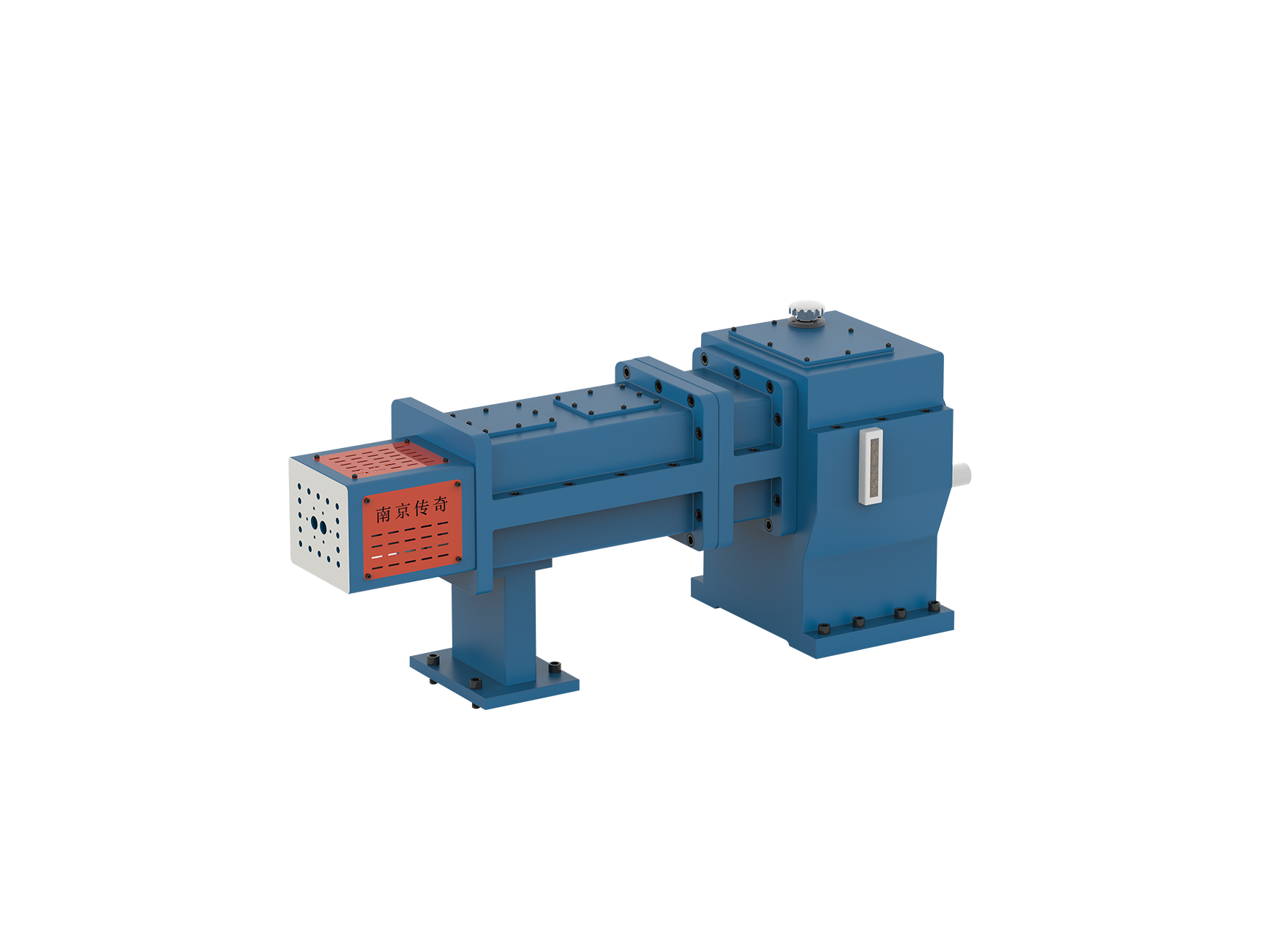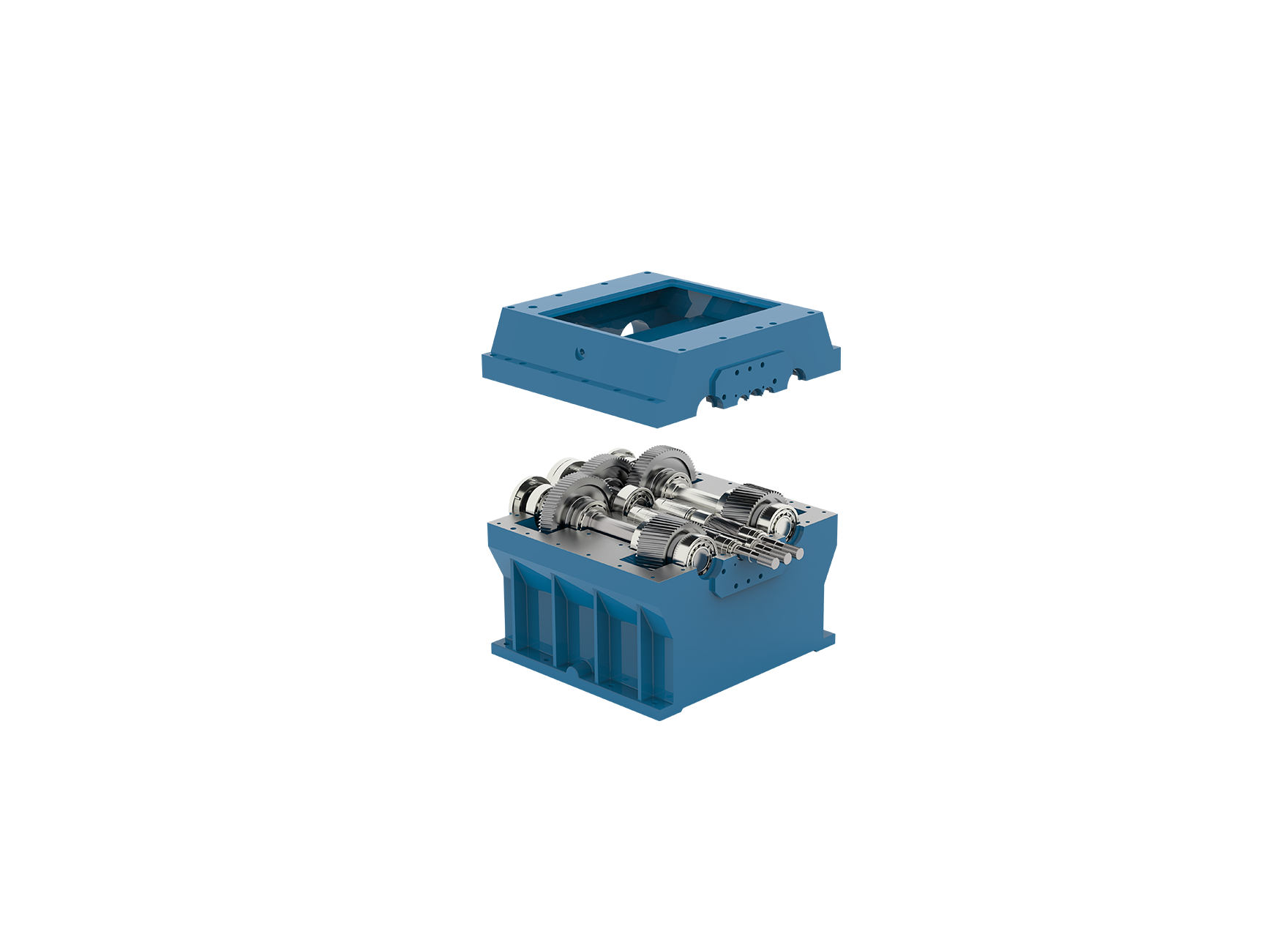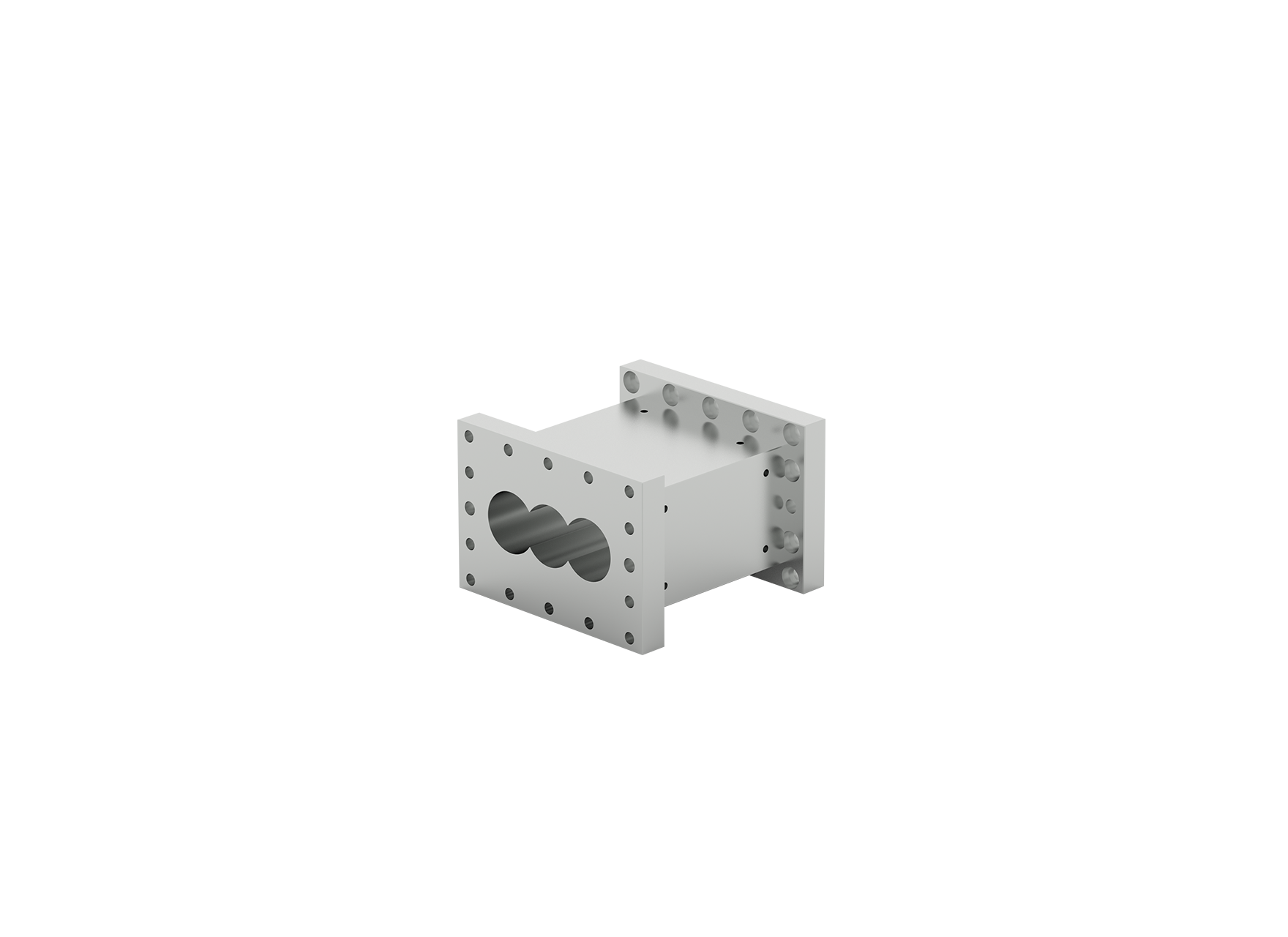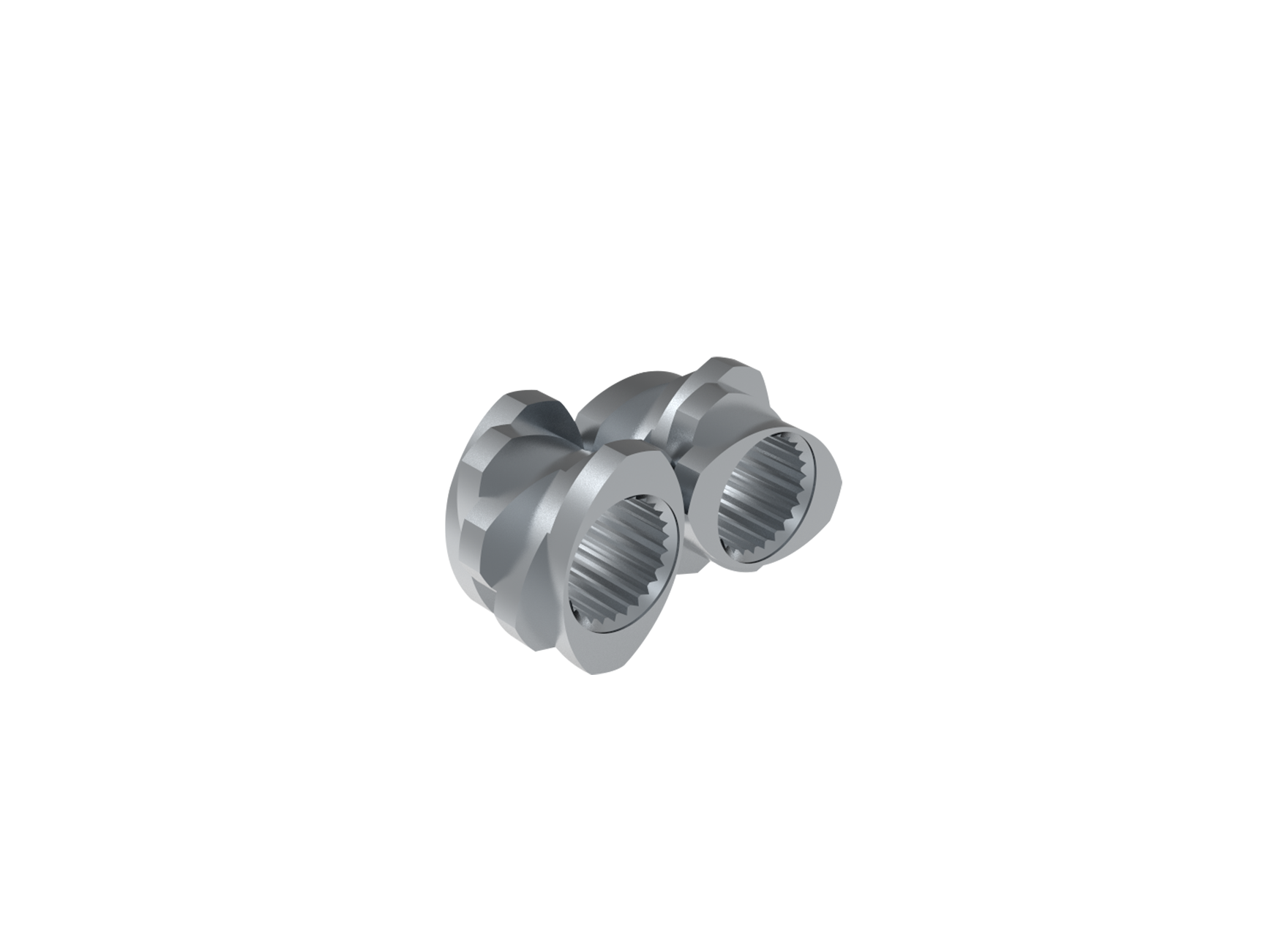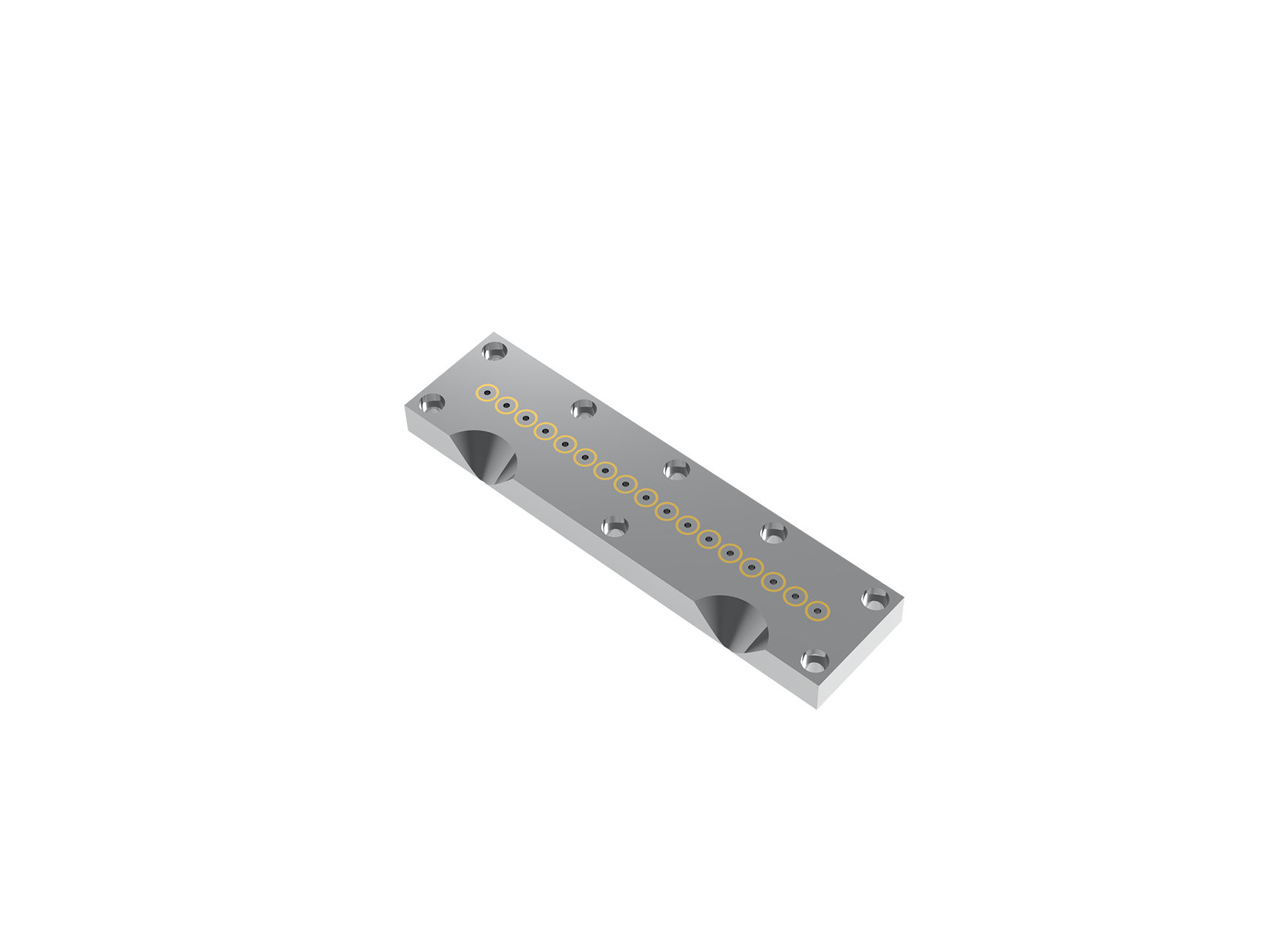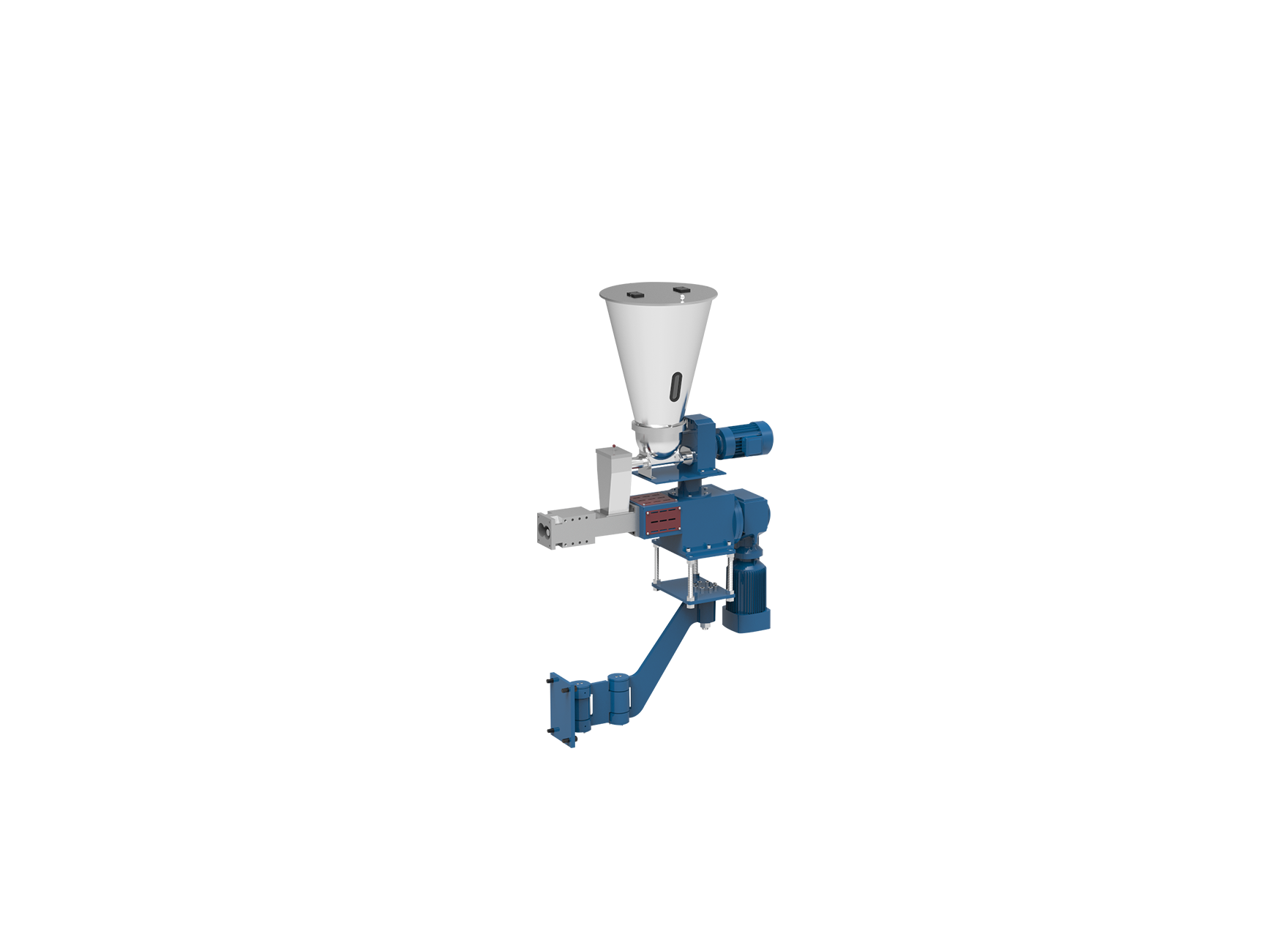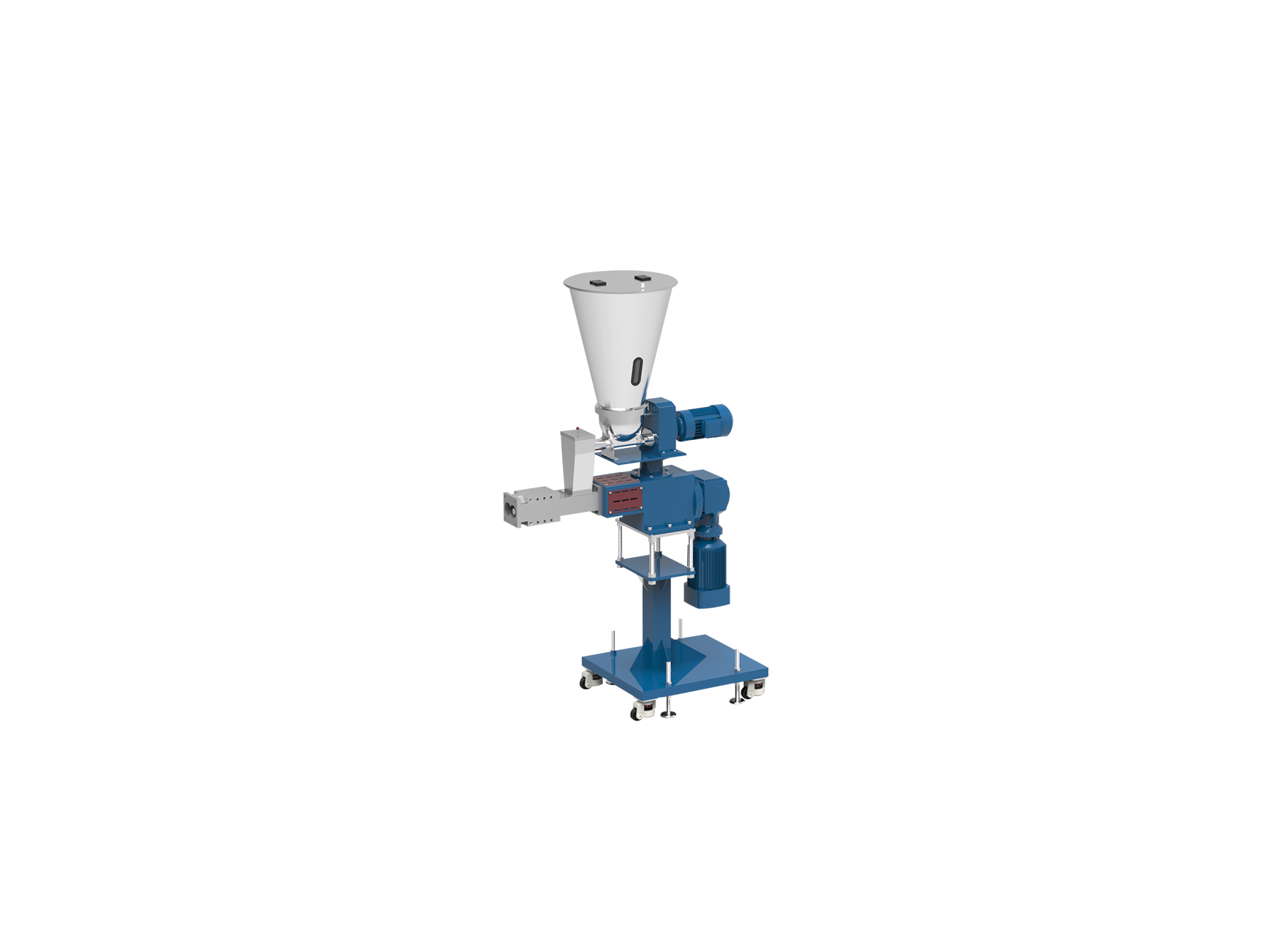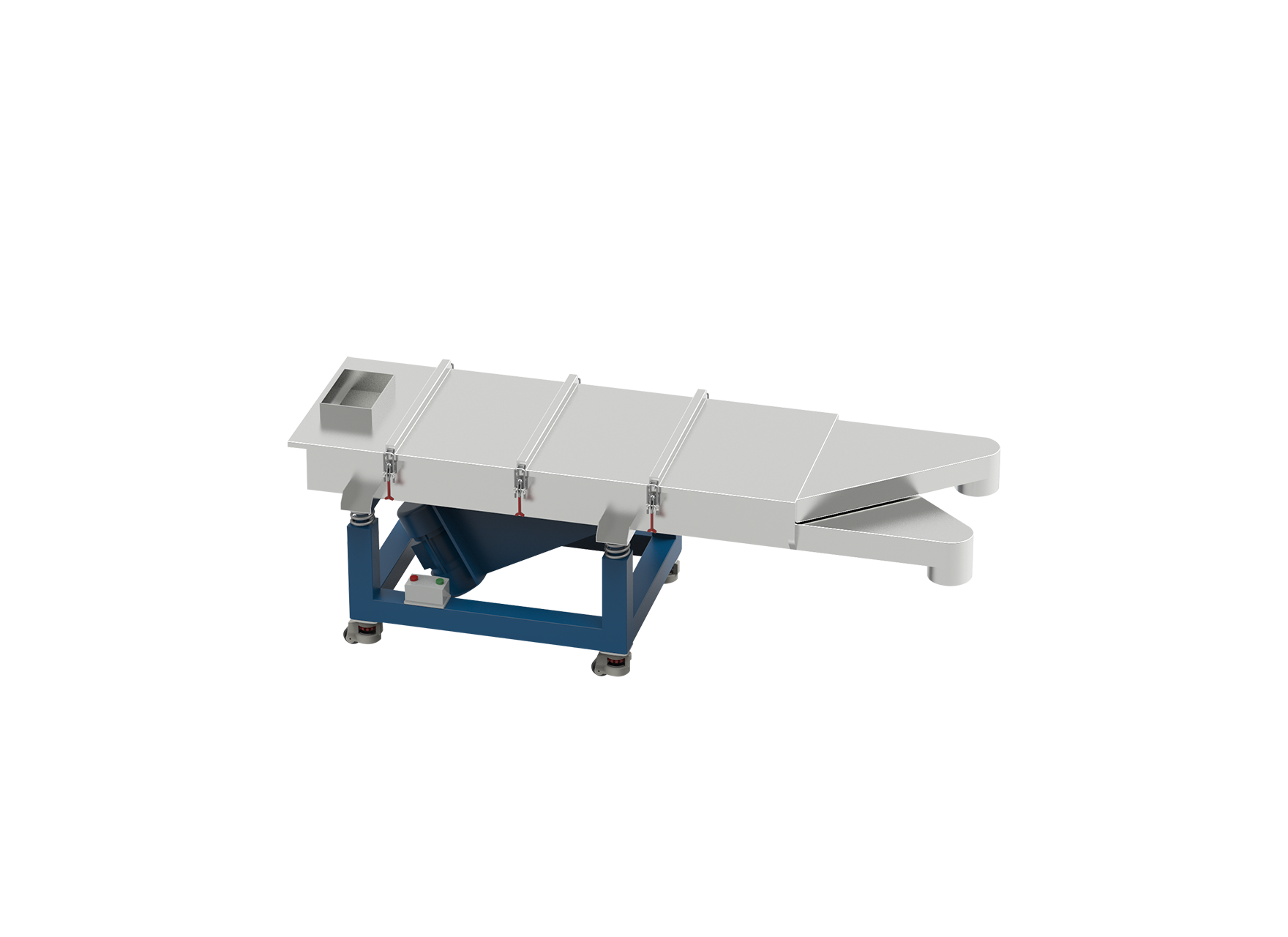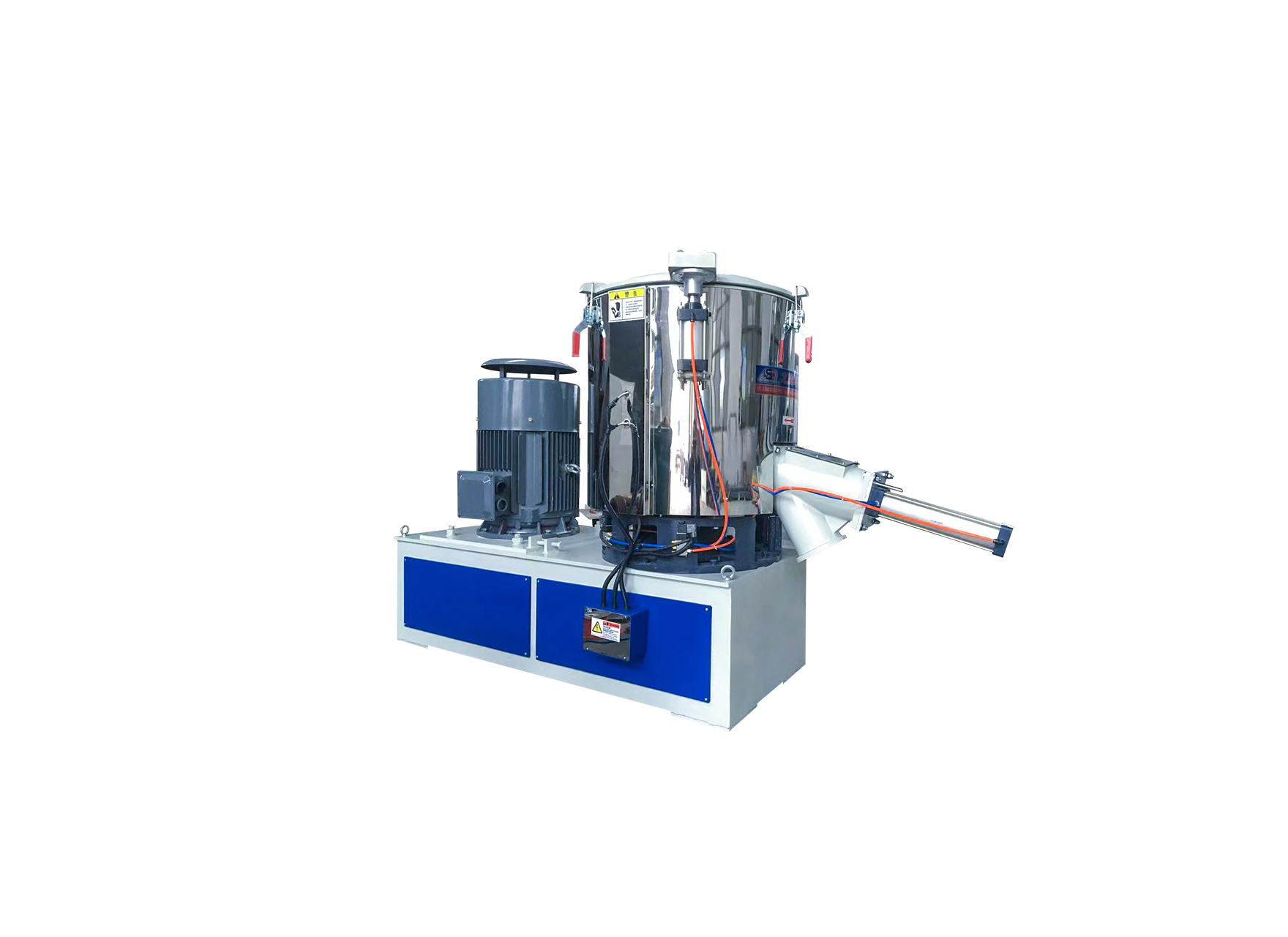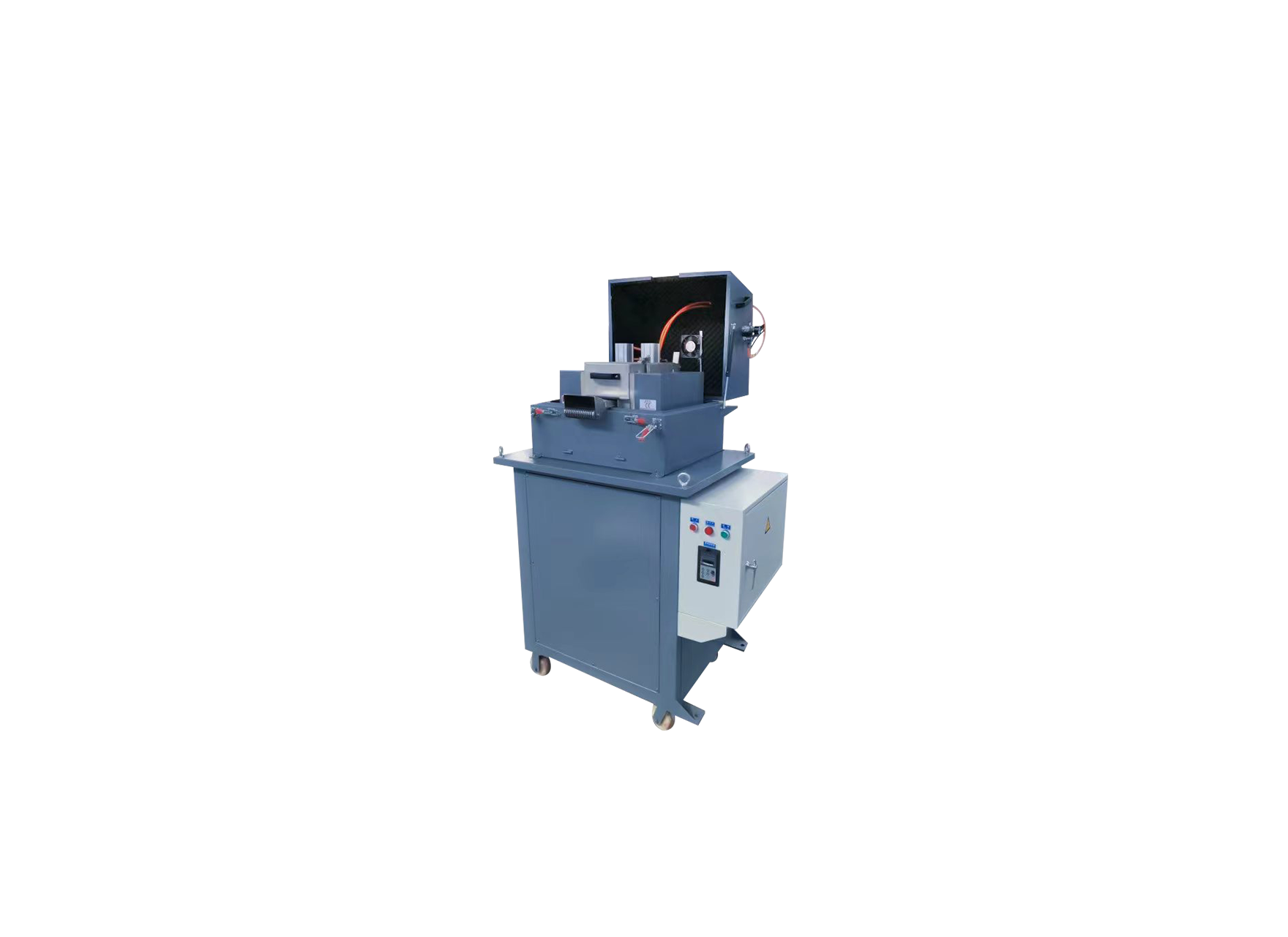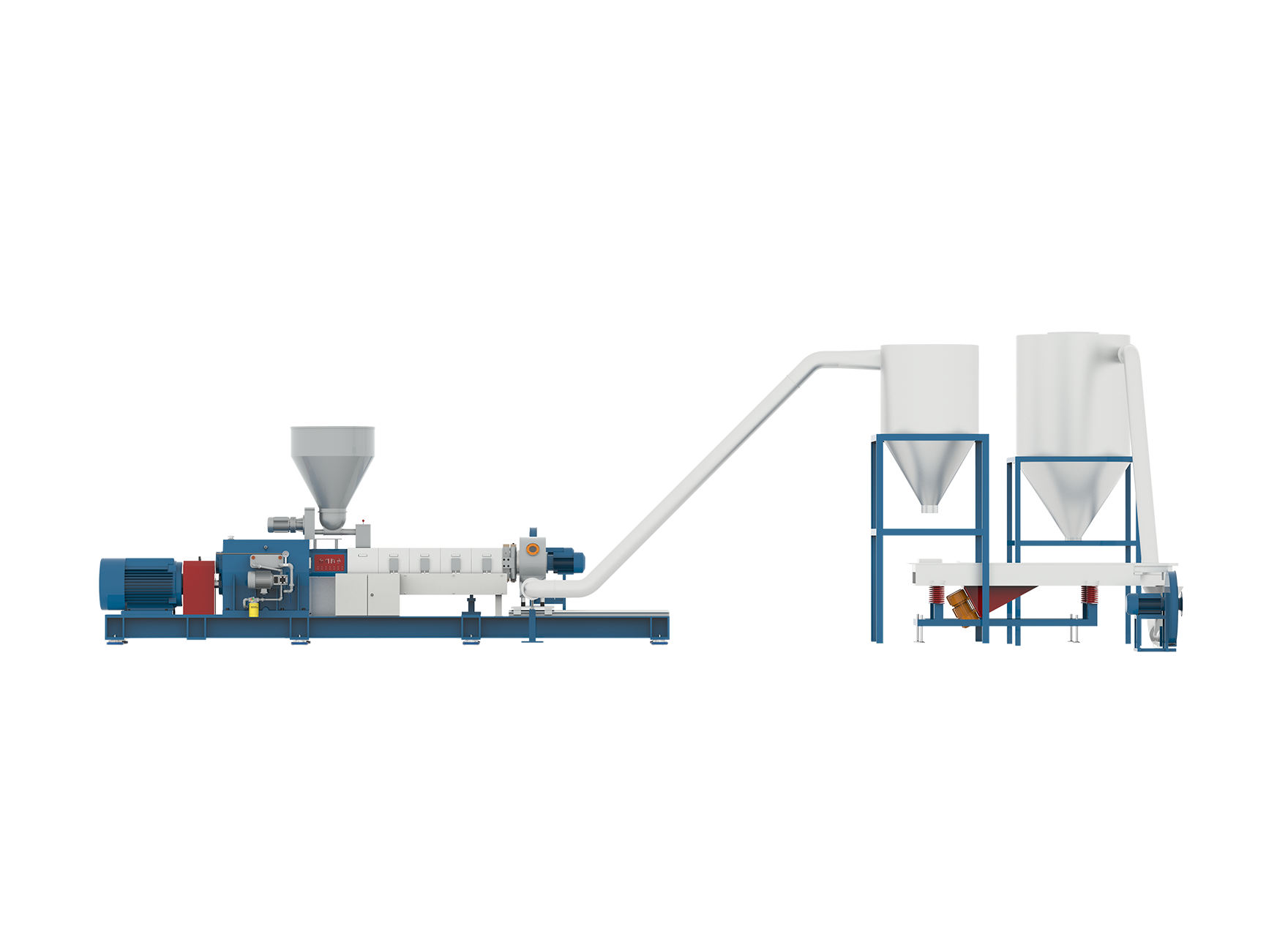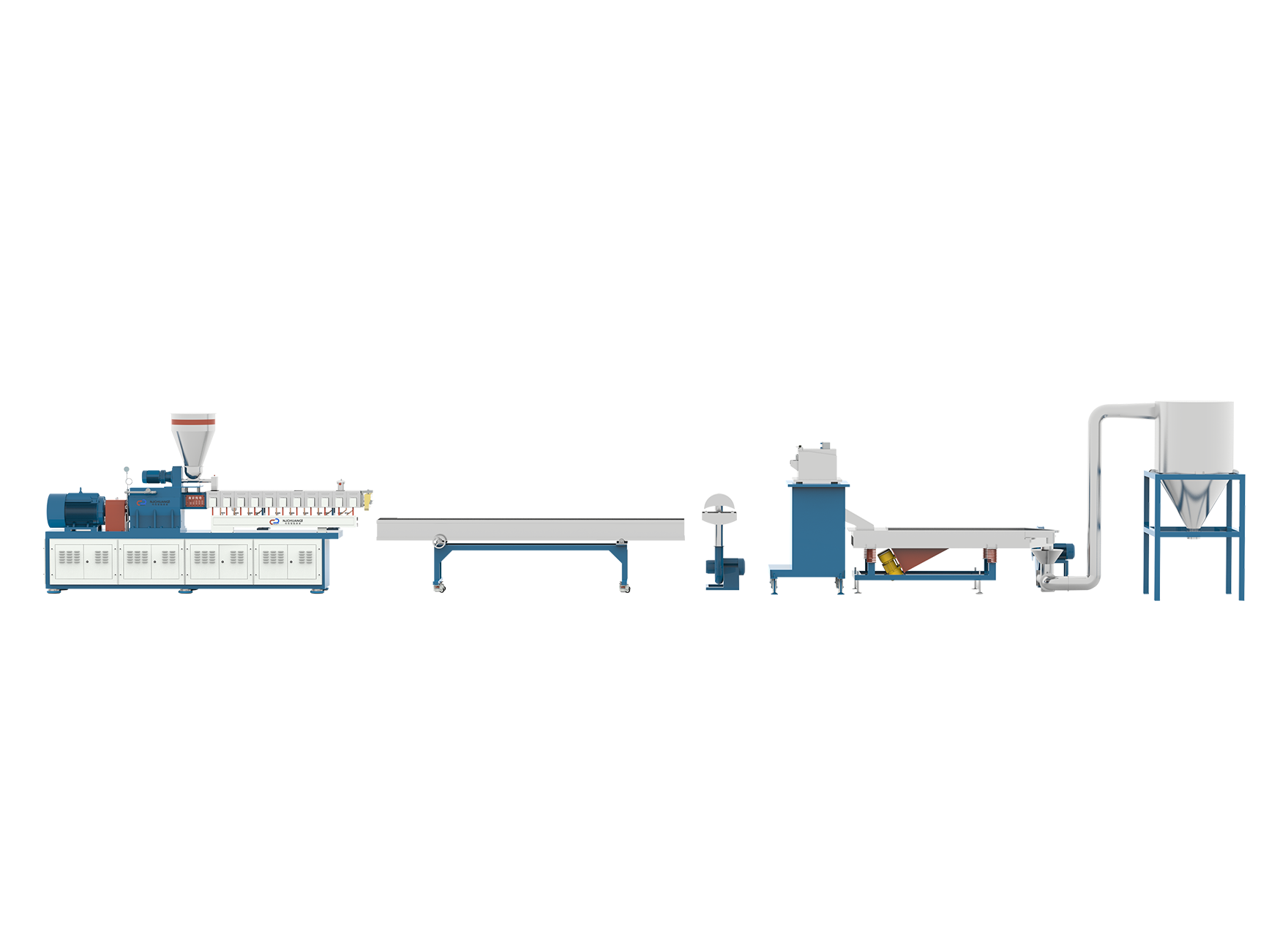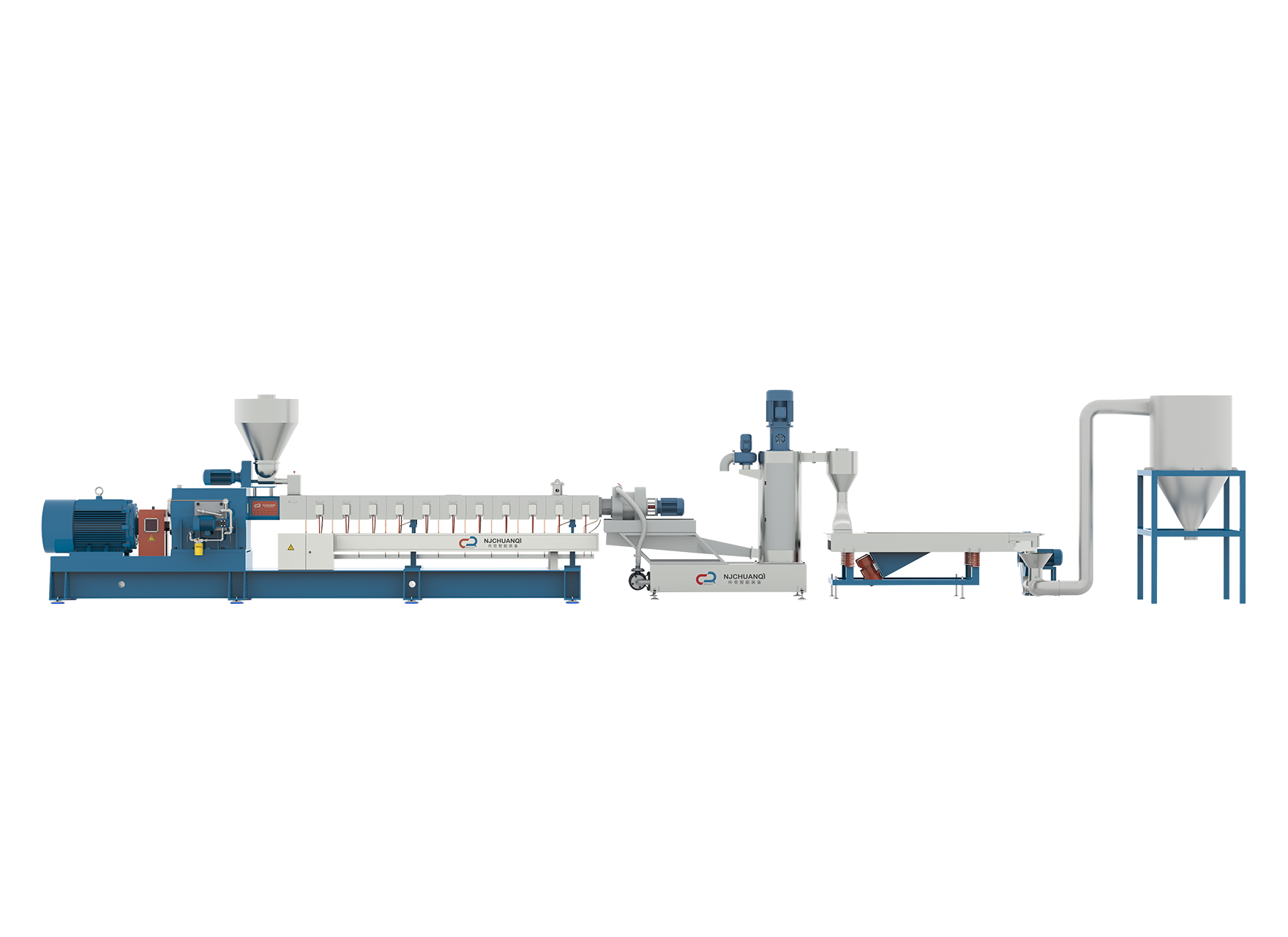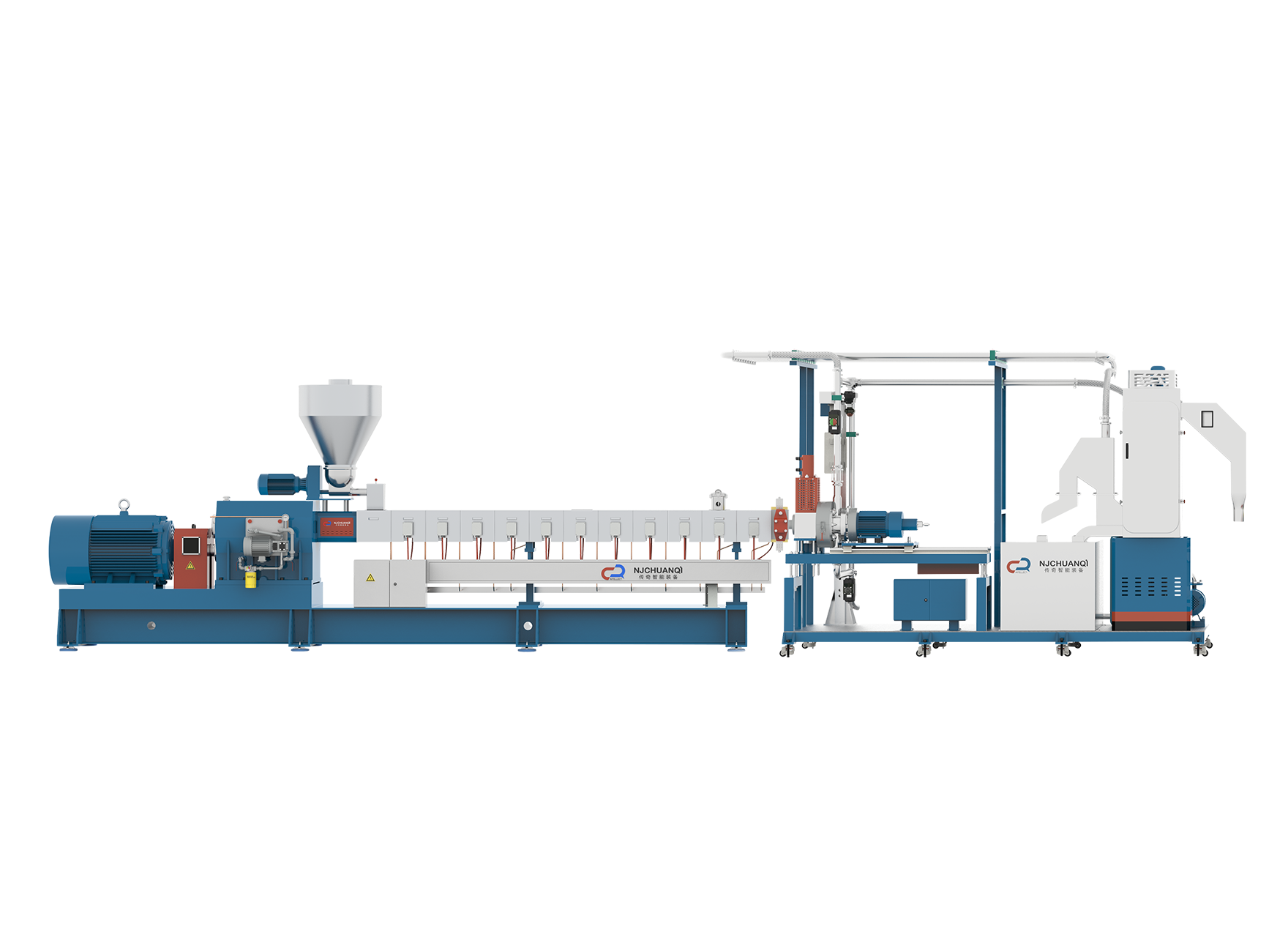The Lab Extruder Machine is widely used in material testing, product development, and small-scale production across the plastics, pharmaceutical, and food industries. While it offers flexibility and precision in processing various formulations, concerns often arise regarding two operational challenges: material clogging and overheating. These issues can disrupt experiments, compromise sample quality, and affect machine longevity. This article explores the likelihood of such problems occurring during routine use and evaluates the factors that contribute to or help prevent them.
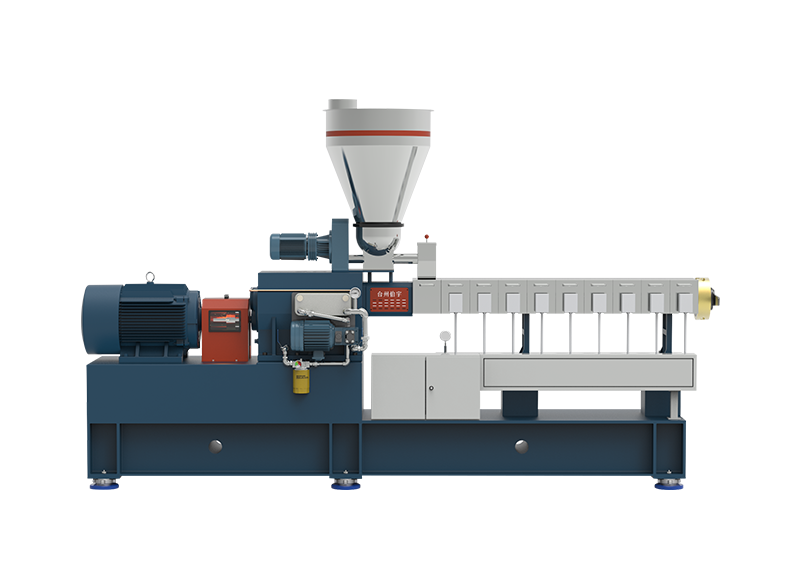
Causes and Risk Factors of Material Clogging
Material clogging, also referred to as barrel blockage, is one of the more common issues encountered with an extruder. In the context of a lab-scale system, clogging typically results from improper temperature control, incompatible material properties, or poor feeding consistency. When processing thermoplastics, for example, if the melt temperature is too low or heating is uneven across barrel zones, the polymer may only partially melt, causing buildup or flow restrictions within the screw channel. Similarly, materials that are highly viscous or that degrade easily may begin to stick or char along the barrel wall or at the die, especially if residence time is extended. Inconsistencies in pellet size or moisture content can also contribute to erratic flow and material bridging in the feed zone.
Overheating: How It Happens and Why It Matters
Overheating is another concern, particularly when the Lab Extruder Machine is operated at high temperatures for extended periods without sufficient cooling or proper control feedback. Excessive temperatures can cause thermal degradation of sensitive materials, releasing gases or residues that contribute to further blockage or mechanical wear. Poorly calibrated temperature zones, malfunctioning thermocouples, or incorrect setpoints may allow heating elements to run too hot, damaging both the material and internal components of the machine. In high-shear mixing applications or with formulations requiring multiple passes, the risk of thermal buildup increases if the cooling system—whether air or water-based—is inadequate or improperly maintained.
Machine Design and Technological Safeguards
Modern lab extruders are typically equipped with features designed to decrease the occurrence of these issues. Multi-zone heating systems with PID (Proportional-Integral-Derivative) control provide more precise temperature regulation along the screw and die. Some machines include automatic feed controls to maintain steady material input and reduce pressure fluctuations that could trigger clogging. Additionally, emergency shutdown systems and alarms alert the operator if the motor load or barrel pressure exceeds safe limits. Screw designs have also evolved, with modular elements that can be tailored to improve melting efficiency, reduce shear, and prevent material stagnation. When used correctly, these innovations significantly reduce the risks of both clogging and overheating.
Conclusion: Understanding and Managing the Risks Effectively
In conclusion, while the Lab Extruder Machine is not immune to operational challenges like material clogging or overheating, these issues are typically preventable with appropriate machine settings, operator training, and maintenance practices. Most modern systems are engineered to offer safe, controlled operation with feedback mechanisms that help detect early signs of trouble. By understanding the causes and applying practices, users can decrease disruptions and ensure consistent, high-quality extrusion performance in laboratory settings.

 English
English 中文简体
中文简体 русский
русский عربى
عربى +86-189 1339 2785
+86-189 1339 2785
